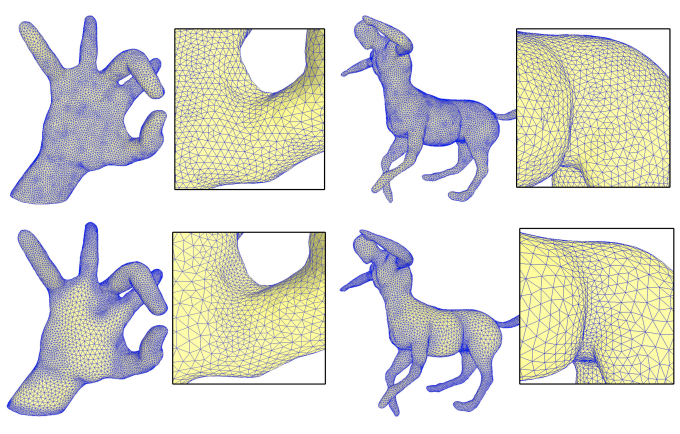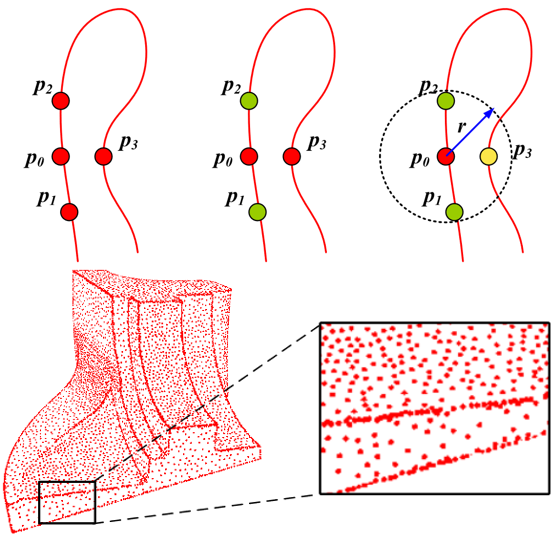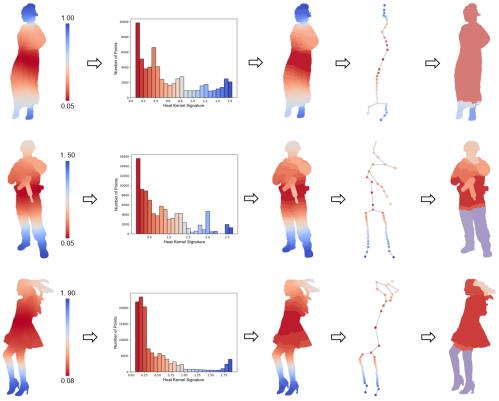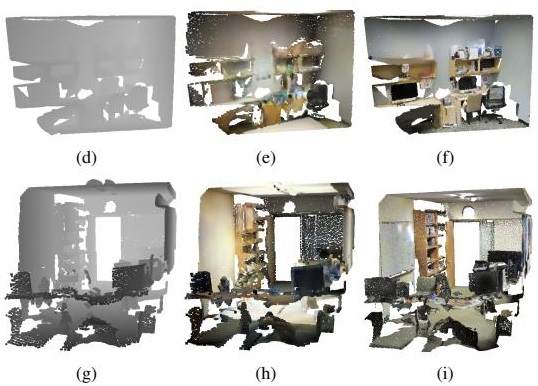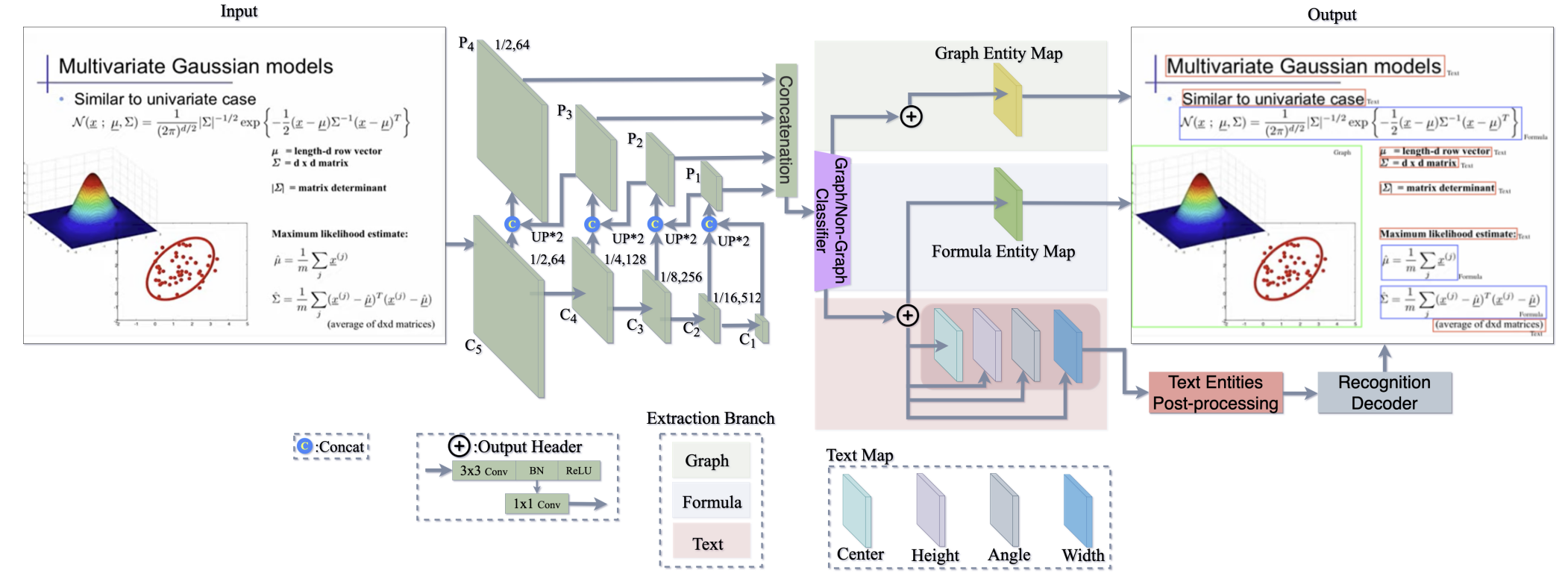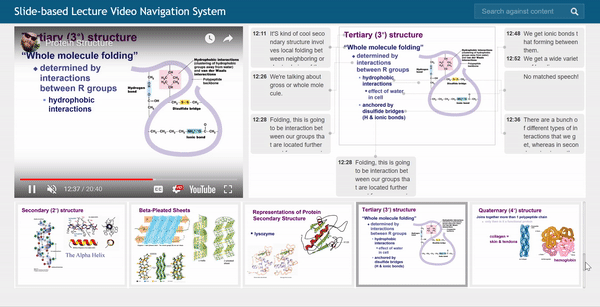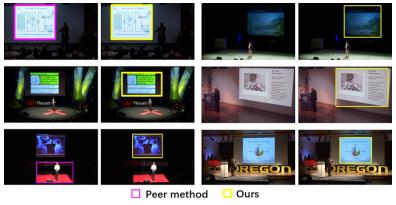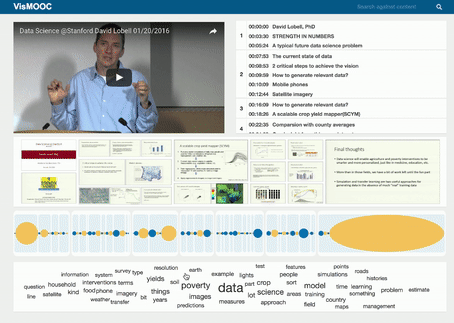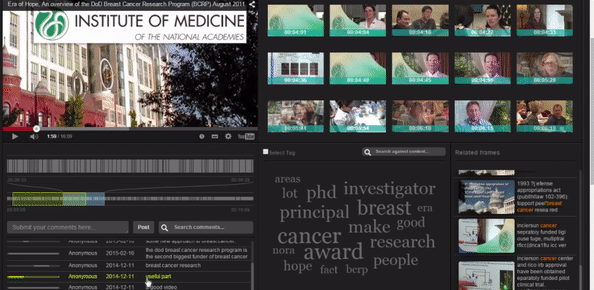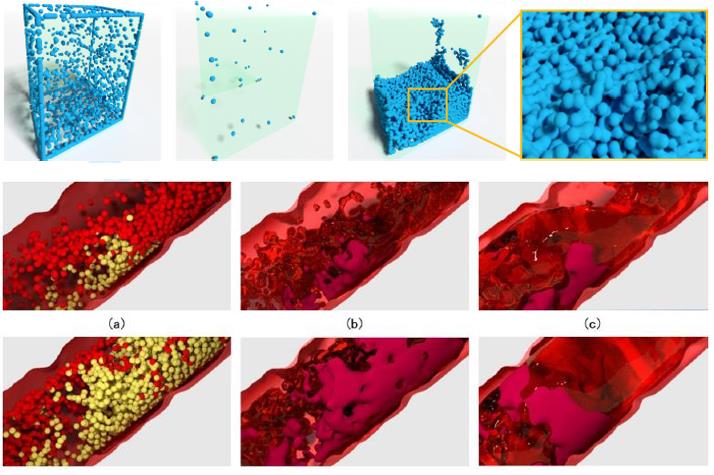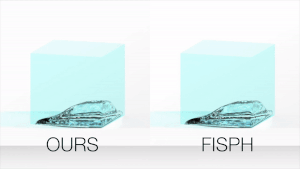About Me

Baoquan Zhao (赵宝全) is currently an associate professor at the School of Artificial Intelligent, Sun Yat-sen University, China. Prior to his current position, he was a Research Fellow under the supervision of Prof. Weisi Lin at the School of Computer Science and Engineering (SCSE), Nanyang Technological University, Singapore, from Sep. 2018 to Jan. 2022. He received his Ph.D. degree in computer science from Sun Yat-sen University, Guangzhou, China, in 2017. From Dec. 2014 to Dec. 2015, he spent one year visiting the Department of Informatics, New Jersey Institute of Technology, USA.
He has been serving as a reviewer of IEEE Transactions on Image Processing, IEEE Transactions on Multimedia, Information Science, Pattern Recognition, Neurocomputing, Signal Processing etc., and was a technical program committee member of IEEE ICME, IEEE ICIP and AMIA.
His research interests are in the areas of point cloud processing and compression, visual information analysis, multimedia systems and applications (especially open educational resources), etc.
zhaobaoquan@mail.sysu.edu.cn Tangjiawan, Zhuhai, Guangdong, 519082, China


